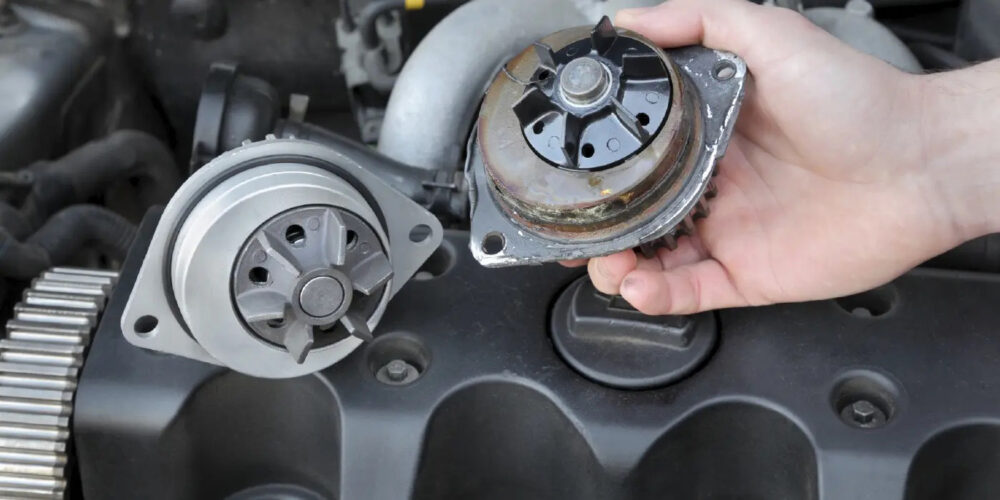A fuel injection system requires a high-pressure fuel pump to supply fuel to the injectors. For the engine to start and run normally, fuel must be delivered at a specified pressure and available in sufficient volume to meet the engine’s needs at all speeds and loads. A weak fuel pump that can’t develop normal pressure or deliver enough fuel can cause drivability and performance problems. An inoperative pump will prevent the engine from starting or running.
Most EFI fuel pumps are mounted inside the fuel tank, though some pumps may be mounted outside the tank or be paired with an external pump to push fuel to the engine. When voltage is supplied to the pump via a relay, the pump spins and develops 35 to 85 PSI or more of fuel pressure depending on the application. The pump will continue to spin as long as the engine is running. The speed of the pump in some applications may vary depending on demand, but typically most run at a constant speed.
Fuel pumps have different designs depending on the vintage of the vehicle and the application. The most common type on newer vehicles is the turbine-style pump. An impeller ring with many small blades is mounted around the electric motor. Turbine pumps are quieter and smoother (no pressure pulsations) than older roller cell, vane and gerotor pumps. They also use less current and run at a higher speed (typically 7,000 RPM versus 3,000 RPM for the older-style pumps).
When a fuel pump fails, it often does so with little or no warning. One minute the vehicle is running fine, and the next the engine stalls and refuses to start. Some pumps get noisy toward the end of their service life, but many just call it quits without a whimper. Running out of fuel can cause a pump to fail because the pump relies on fuel flow for cooling and lubrication. Rust or debris inside the fuel tank can also damage a pump.
Diagnosing a fuel-related no-start problem takes know-how because wiring faults, a bad fuel pump relay, a tripped inertia safety switch or even a problem with the anti-theft system may prevent a good pump from working. A plugged fuel filter, fuel line, faulty fuel pressure regulator or fuel pump control module can also cause starting and fuel delivery problems. Misdiagnosis often results in unnecessary fuel pump replacements and returns.
Replacement pumps must be correct for the application. GM Flex Fuel vehicles, for example, may require a different pump than those for a non-flex fuel application. On pickup trucks with dual tanks, you may also have to know if the pump is a transfer pump or the main pump. Some replacement pumps may be a different style or design than the original due to parts consolidation or updating. As long as the pump fits the application and delivers the same fuel pressure and volume, it should be fine.











